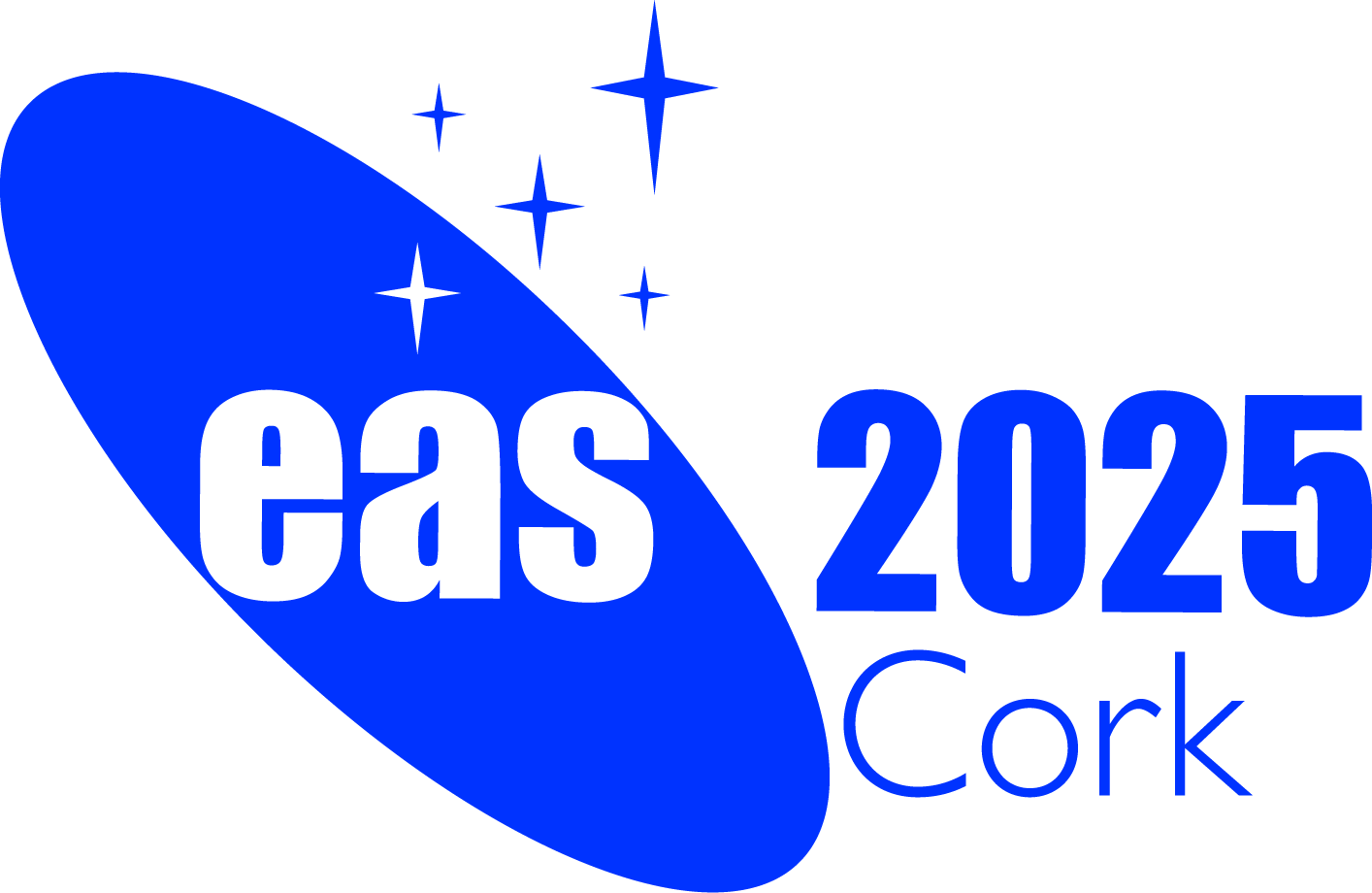
|
Special Session SS30
27 June 2025
A Multi-scale Perspective on Stellar Feedback in the Context of Galaxy Evolution
This special session aims to bring together observers and modelers to explore how stellar feedback shapes the interstellar medium (ISM) across different scales, from the Milky Way to distant galaxies. We will focus on understanding the role, physical mechanisms, and efficiency of stellar feedback in regulating star formation and driving large-scale galactic processes. This session will help place current and future data into the broader context of galaxy evolution, by bridging resolved observations of star formation with theoretical models. Massive stars play a fundamental role in shaping the ISM and influencing the evolution of galaxies over cosmic time. Through stellar feedback, they drive large-scale bubbles, disrupt molecular clouds, and, in extreme cases, power massive outflows that impact galaxy-wide properties. These effects occur across a vast range of scales, from individual stars (on parsec scales) to entire galaxies (on kiloparsec scales), making a detailed and quantitative understanding of stellar feedback essential for realistic galaxy simulations (e.g., SILCC-ZOOM, FIRE, IllustrisTNG). On the observational side, major advancements in integral-field spectroscopic mapping (e.g., MUSE, KCWI, SITELLE, SDSS-V/LVM) and resolved stellar population studies (e.g., JWST, HST, Euclid, SDSS-IV/APOGEE, SDSS-V/MWM) now allow direct measurements of the physical mechanisms and efficiencies of stellar feedback at different scales. These observational breakthroughs provide a unique opportunity to test and refine theoretical models. In the coming decade, future facilities such as VLT/BlueMUSE, ELT/HARMONI, and WST will further revolutionize our understanding by offering higher-resolution spectroscopic mapping of feedback processes across cosmic time. These advances will allow us to address key questions such as:
By bringing together both observers and modelers, this session will provide a timely platform to connect Milky Way studies with extragalactic research, interpret upcoming datasets, and refine our theoretical understanding of how stellar feedback governs galaxy evolution. Programme Our special session will cover observational and theoretical works aimed at understanding how stellar feedback works at various scales. This full-day session will consist of three blocks on different themes relating to:
Invited speakers
Scientific organisers Oleg Egorov (Heidelberg University, Germany), Ashley Barnes (ESO, Germany), Anna McLeod (Durham University, UK) Contact Oleg Egorov: oleg.egorov @ uni-heidelberg.de Updated on Tue Feb 25 12:38:54 CET 2025
|
||||||||
|
European Astronomical Society |
|||||||||
 A power cut will shut down all EAS services on Tuesday, 10 January 2017 starting at 7:30 CET.
A power cut will shut down all EAS services on Tuesday, 10 January 2017 starting at 7:30 CET.

